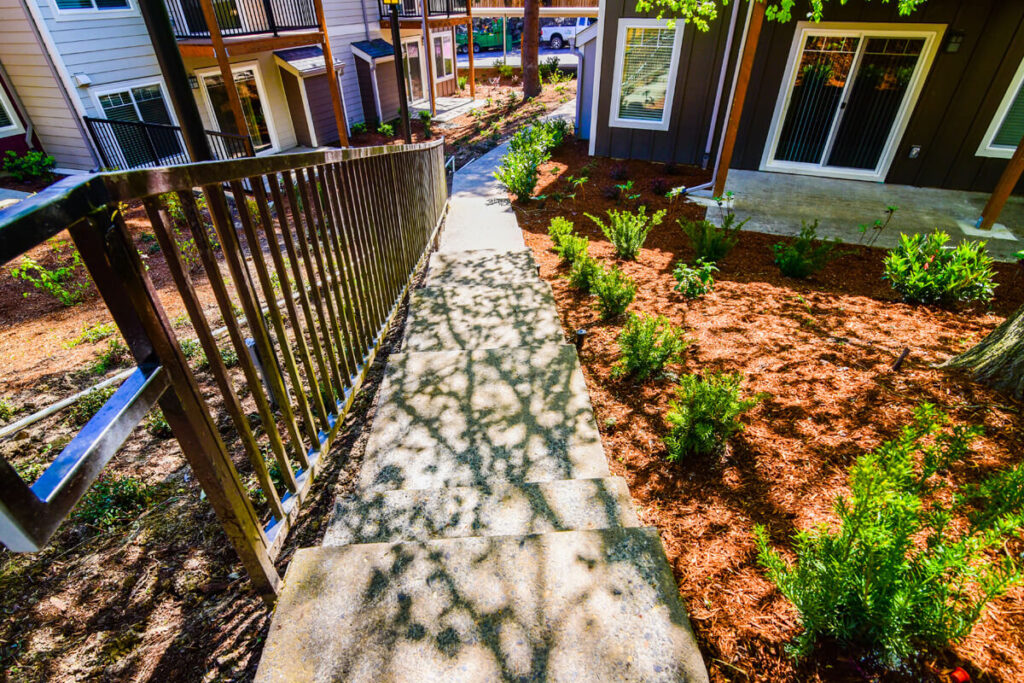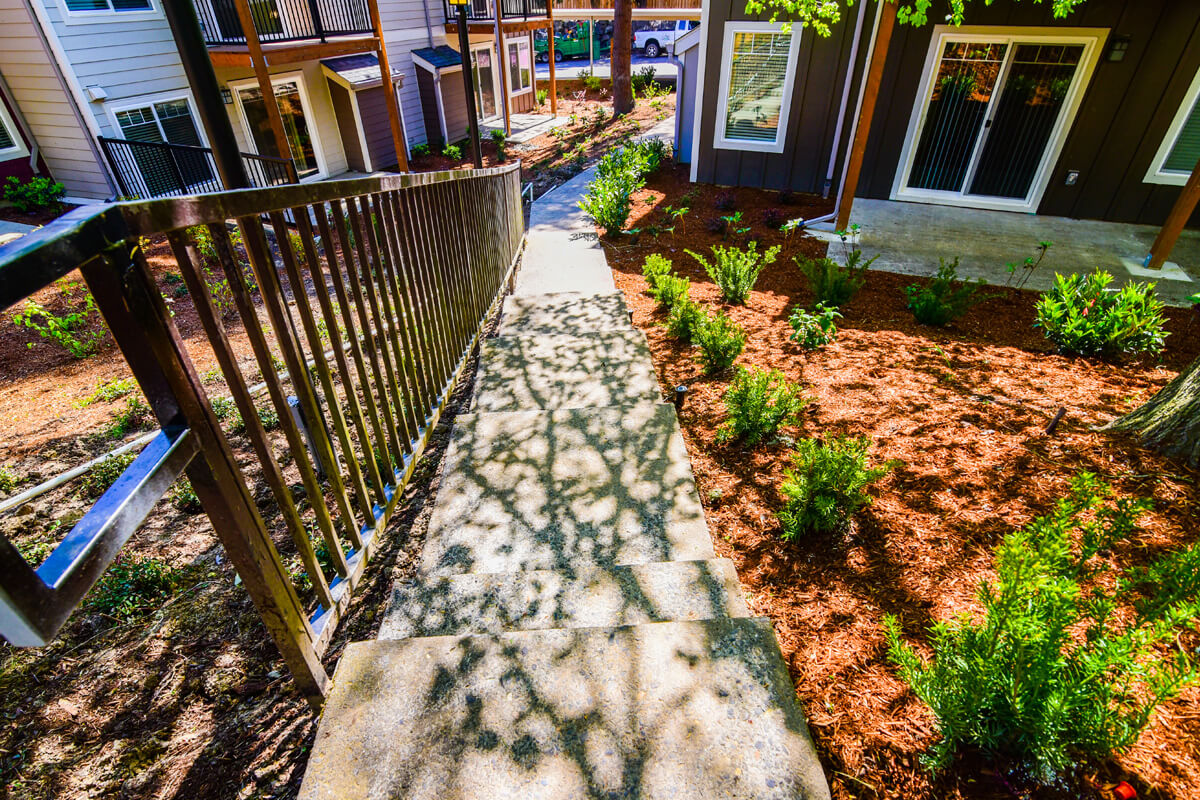
American Landscaping: A Comprehensive Guide to Design, Trends, and Sustainability
American landscaping encompasses a diverse range of styles, reflecting the nation’s varied climates, cultures, and architectural traditions. From the meticulously manicured lawns of the East Coast to the drought-tolerant xeriscapes of the Southwest, American landscaping is an ever-evolving art form that blends functionality with aesthetics. This article delves into the key elements of American landscaping, exploring popular design trends, sustainable practices, and the impact of regional variations. We aim to provide a comprehensive overview for homeowners, landscape professionals, and anyone interested in creating beautiful and environmentally responsible outdoor spaces. Understanding the nuances of American landscaping is crucial for designing outdoor spaces that are both visually appealing and ecologically sound.
The Foundations of American Landscaping Design
Several core principles underpin successful American landscaping projects. These include:
- Functionality: A well-designed landscape should serve a purpose, whether it’s providing a space for recreation, enhancing privacy, or improving curb appeal.
- Aesthetics: The visual appeal of a landscape is paramount. Considerations include color palettes, plant textures, and the overall harmony of the design.
- Sustainability: Incorporating eco-friendly practices, such as water conservation and native plant selection, is increasingly important in modern American landscaping.
- Regional Adaptation: Landscapes should be tailored to the specific climate and environmental conditions of the region.
These principles guide the selection of plants, materials, and design elements, ensuring that the final result is both beautiful and practical. Failing to consider these foundational aspects can lead to costly mistakes and a landscape that is difficult to maintain. For example, planting water-intensive turfgrass in a desert climate is both unsustainable and aesthetically incongruous.
Popular American Landscaping Styles
American landscaping is characterized by a variety of distinct styles, each with its own unique features and appeal. Here are some of the most popular:
Traditional English Garden
Inspired by the classic gardens of England, this style features lush lawns, colorful flowerbeds, and meticulously pruned hedges. It often includes features such as rose gardens, water features, and winding pathways. This style is more common in regions with ample rainfall and moderate temperatures. However, adapting it to drier climates requires careful plant selection and efficient irrigation systems.
Contemporary Modern Landscape
This style emphasizes clean lines, geometric shapes, and minimalist design. It often incorporates materials such as concrete, steel, and glass, creating a sleek and sophisticated look. Contemporary landscapes are often low-maintenance and focus on creating functional outdoor living spaces. [See also: Modern Garden Design Ideas] The use of drought-tolerant plants is common in this style, particularly in the Western United States.
Xeriscaping (Drought-Tolerant Landscaping)
Xeriscaping is a landscaping technique that minimizes the need for irrigation. It utilizes native and drought-tolerant plants, gravel mulches, and efficient irrigation systems to conserve water. This style is particularly well-suited to arid and semi-arid regions, such as the Southwest. Xeriscaping not only saves water but also reduces maintenance costs and promotes biodiversity.
Cottage Garden
The cottage garden style is characterized by its informal and romantic aesthetic. It features a mix of flowering plants, herbs, and vegetables, often arranged in a seemingly haphazard manner. Cottage gardens are typically colorful and fragrant, attracting pollinators such as bees and butterflies. This style is well-suited to smaller properties and can be easily adapted to different climates.
Japanese Garden
Inspired by the principles of Zen Buddhism, Japanese gardens emphasize tranquility, harmony, and balance. They often feature elements such as rocks, water features, moss, and carefully pruned trees and shrubs. Japanese gardens are designed to evoke a sense of peace and contemplation. The selection of plants and materials is crucial in creating an authentic Japanese garden experience.
Sustainable Practices in American Landscaping
Sustainability is becoming an increasingly important consideration in American landscaping. Homeowners and landscape professionals are seeking ways to reduce their environmental impact and create landscapes that are both beautiful and ecologically responsible. Here are some key sustainable practices:
- Native Plant Selection: Using native plants is one of the most effective ways to promote sustainability. Native plants are adapted to the local climate and soil conditions, requiring less water, fertilizer, and pesticides. They also provide habitat and food for native wildlife.
- Water Conservation: Implementing water-efficient irrigation systems, such as drip irrigation and rain barrels, can significantly reduce water consumption. Xeriscaping is another effective water conservation strategy.
- Soil Health: Improving soil health through composting and organic mulching can enhance plant growth and reduce the need for fertilizers. Healthy soil also retains more water, further reducing irrigation needs.
- Pest Management: Employing integrated pest management (IPM) techniques can minimize the use of harmful pesticides. IPM involves monitoring pest populations, using biological controls, and applying pesticides only when necessary.
- Reduce Lawn Area: Replacing large expanses of lawn with native plants, groundcovers, or permeable paving can reduce water consumption and maintenance requirements.
By adopting these sustainable practices, homeowners and landscape professionals can create American landscaping that is both environmentally friendly and aesthetically pleasing.
Regional Variations in American Landscaping
The United States is a vast and diverse country, with a wide range of climates, soil types, and cultural influences. These regional variations have a significant impact on American landscaping styles and practices. Here are some examples:
- Northeast: Landscapes in the Northeast often feature lush lawns, flowering trees, and traditional English-style gardens. Hydrangeas, rhododendrons, and azaleas are popular choices.
- Southeast: The warm and humid climate of the Southeast supports a wide variety of subtropical plants. Palm trees, magnolias, and azaleas are common features.
- Midwest: Landscapes in the Midwest are often characterized by open lawns, shade trees, and vegetable gardens. Native prairie plants are also gaining popularity.
- Southwest: The arid climate of the Southwest necessitates drought-tolerant landscaping. Xeriscaping, native cacti, and succulents are common features.
- Pacific Northwest: The mild and wet climate of the Pacific Northwest supports a lush and diverse plant life. Evergreen trees, ferns, and moss are common features.
Understanding these regional variations is crucial for creating American landscaping that is both appropriate and sustainable. Choosing plants that are well-suited to the local climate and soil conditions will ensure that the landscape thrives with minimal maintenance.
The Future of American Landscaping
American landscaping is constantly evolving, driven by factors such as climate change, technological advancements, and changing consumer preferences. Some of the key trends shaping the future of American landscaping include:
- Increased Emphasis on Sustainability: As concerns about climate change and resource depletion grow, sustainability will become an even more important consideration in American landscaping.
- Smart Technology Integration: Smart irrigation systems, automated lawn mowers, and other smart technologies are becoming increasingly popular, allowing homeowners to manage their landscapes more efficiently.
- Focus on Outdoor Living Spaces: Homeowners are increasingly viewing their outdoor spaces as extensions of their homes, creating outdoor kitchens, living rooms, and entertainment areas.
- Emphasis on Native Plants and Biodiversity: Native plants are becoming more popular as homeowners recognize their ecological benefits.
- Low-Maintenance Landscaping: With busy lifestyles, homeowners are seeking low-maintenance landscaping options that require less time and effort.
American landscaping is a dynamic and multifaceted field that offers endless possibilities for creativity and innovation. By understanding the principles of design, embracing sustainable practices, and adapting to regional variations, homeowners and landscape professionals can create beautiful and functional outdoor spaces that enhance the quality of life and contribute to a healthier environment. The key is to balance aesthetic appeal with environmental responsibility, creating landscapes that are both visually stunning and ecologically sound. Remember that proper planning and plant selection are paramount for achieving long-term success in American landscaping. [See also: Sustainable Landscaping Practices] Therefore, investing time in researching and understanding the specific needs of your region and desired aesthetic is crucial.

